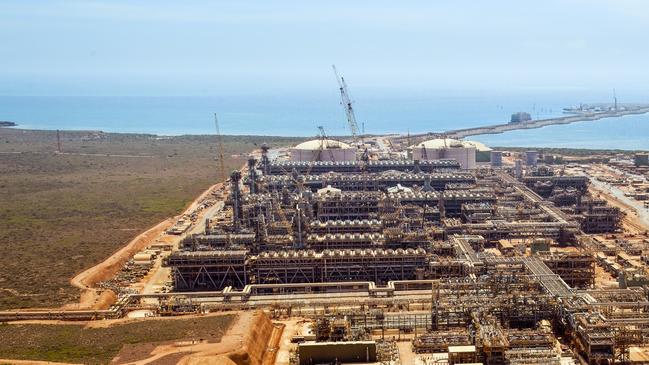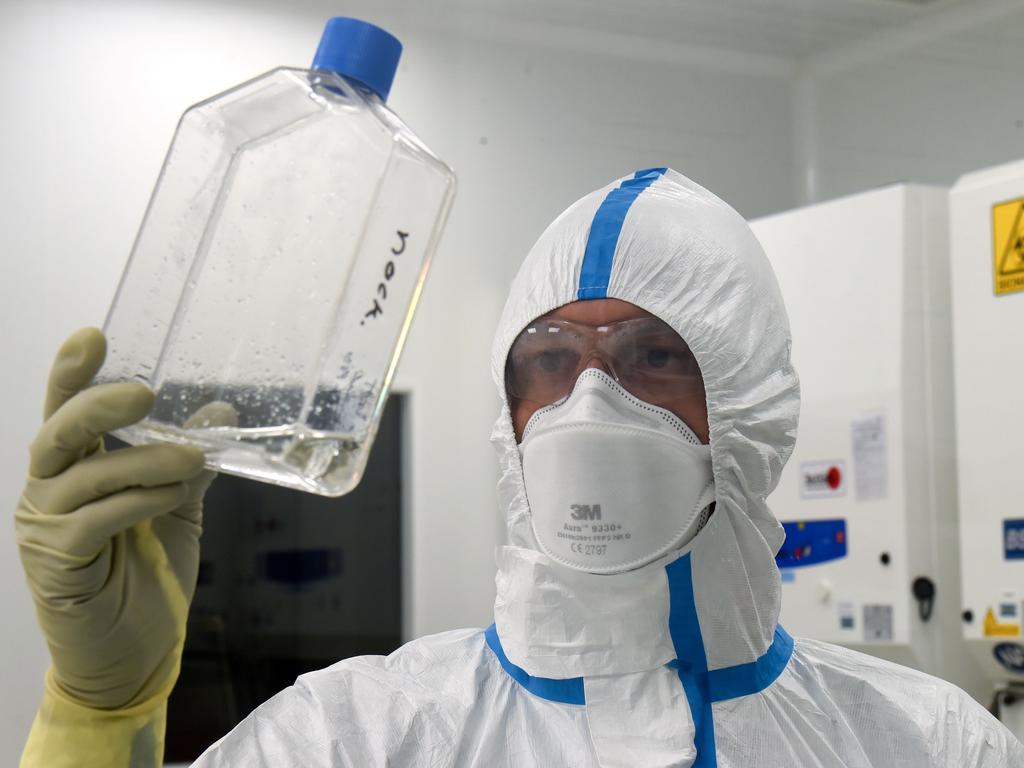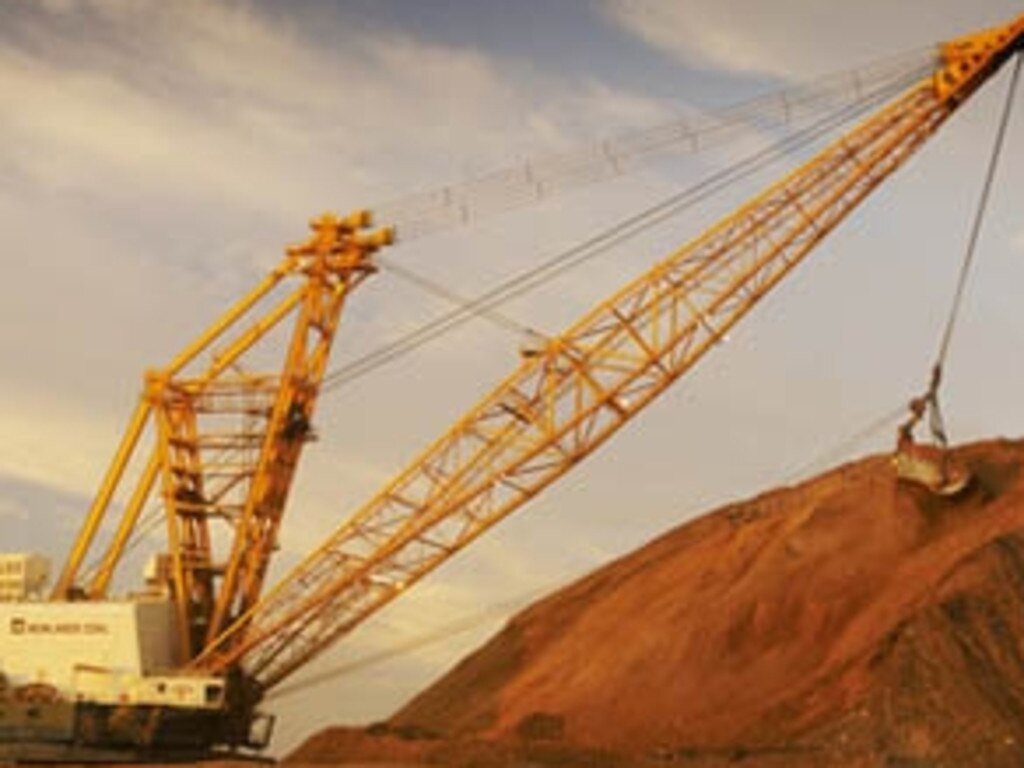Cracks found mean Chevron may cut production at giant Gorgon LNG export plant
The state regulator has told the energy major to inspect its remaining two processing trains after major cracks were discovered.

Chevron may be forced to cut production at its giant $US54bn ($75bn) Gorgon LNG export plant in Western Australia after a state regulator instructed the energy major to inspect its remaining two processing trains after major cracks were discovered during maintenance checks.
Cracks up to 1 metre long and 30 millimetres deep on between 8 to 11 pressurised propane “kettles”, or heat exchangers, on train 2 were discovered earlier in July during scheduled maintenance, with the gas processing unit expected to be out of service for a further two months.
WA’s Department of Mines, Industry Regulation and Safety subsequently conducted an inspection and on Friday issued the producer with a remediation notice to inspect the propane heat exchangers on trains 1 and 3 by August 21.
Chevron had last week flagged there may be more problems, with executives saying the company could be forced to reinspect the first of three production trains in light of cracking found at the second.
“The Dangerous Goods Directorate issued the notice as the nature of the reported cracking in train two is such that there may be similar defects in trains 1 and 3,” said the Department’s Director Dangerous Goods and Petroleum Safety Steve Emery.
“A notice was not issued on train 2 as it is shut down, but the department may reassess the train at a later date. DMIRS continues to take the matter seriously and is in close contact with Chevron.
The short-term measures Chevron has taken to mitigate the consequences of any potential gas leaks appear sufficient until the welds are inspected.”
Chevron said on Friday it was “working closely with the regulator in planning and implementing repair work at Gorgon that was identified by Chevron in a safe and efficient manner. Chevron confirms receipt of improvement notices relating to propane heat exchangers on Gorgon train 2 and remediation notices for trains 1 and 3.”
The Gorgon processing plant houses three LNG trains with a combined capacity of 15.6m tonnes of LNG. The second train is likely to be out of action until at least September as Chevron tries to repair the cracks, and the entire processing facility could face an extended shutdown and loss of production if the problems found in train 2 are replicated in the other facilities.
Over 800 people are currently on the Gorgon site at Barrow Island – located 85 kilometres off the Pilbara coast – to carry out maintenance, hiking concern over worker safety.
The kettles were manufactured in South Korea at the same time as those made for the remaining two trains which continue to produce and export LNG to buyers in Asia, the AMWU said.
Gorgon is 47 per cent owned by Chevron, the operator, while fellow oil super majors ExxonMobil and Royal Dutch Shell each have a 25 per cent stake.
When it was approved in 2009 it was expected to cost $US37bn and start exporting in 2014. But the complications of building on Barrow’s Class-A nature reserve, an overheated construction market, workforce issues and a stronger Australian dollar for most of the construction period all contributed to huge budget blowouts and delays.
The US oil major has endured a tough year, with 20 of its staff put in lockdown during March amid COVID-19 testing and up to 600 jobs cut in May due to a “perfect storm” of the pandemic and the slump in crude prices.
Chevron, which also operates the Wheatstone LNG plant in WA, said 20-30 per cent of its 2000-strong workforce could be axed indicating up to 600 job cuts.
The energy operator in June kickstarted one of the biggest shake-ups in the state’s LNG sector for decades after indicating it would sell its 16.7 per cent stake in the $34bn North West Shelf plant, operated by rival Woodside Petroleum.





To join the conversation, please log in. Don't have an account? Register
Join the conversation, you are commenting as Logout